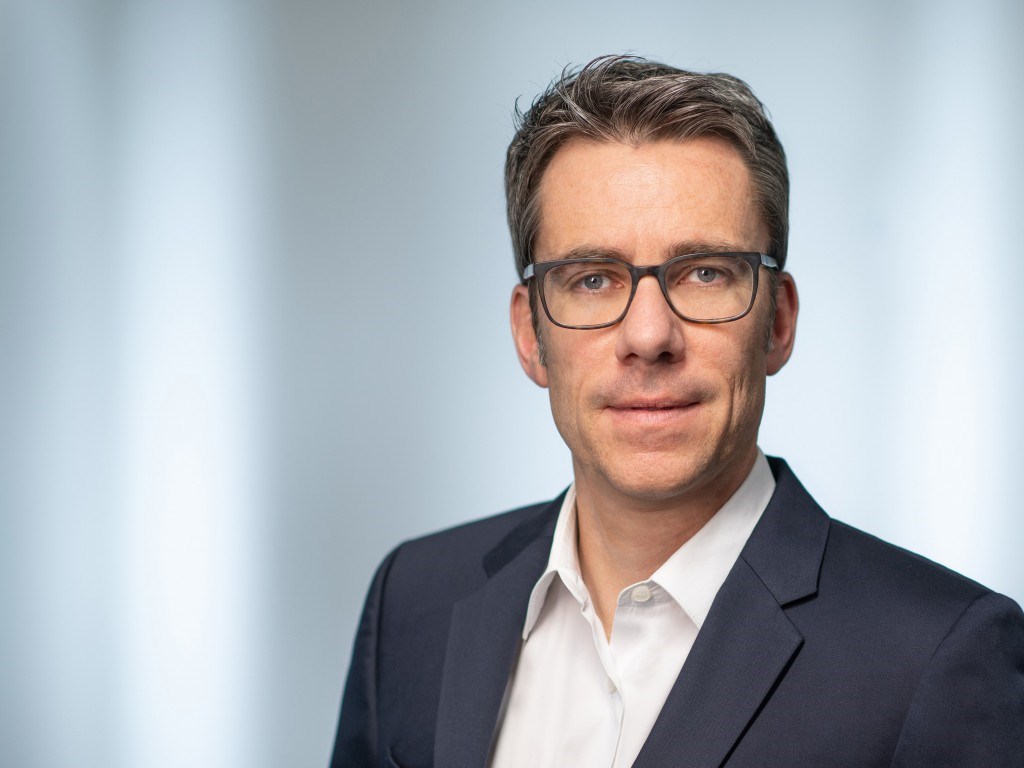


Source: S&P Global Platts
Created in 2007 with a focus on the Hungarian gas market, MET Group traded over 70 Bcm of gas and 22 TWh electricity in 2020, and owns the largest combined-cycle gas plant in Hungary (Dunamenti).
"MET has built the foundations and we are well on track to meet the 500 MW target," said Huerlimann, who joined in May from Switzerland's EKZ Renewables.
MET has 106 MW of renewables in operation, mainly solar projects with feed-in tariffs in Hungary, and over 200 MW in development or construction.
In January, it acquired the 42 MW Black Sea Wind project in Bulgaria from Enel.
The company is targeting further diversification into wind and photovoltaics in Serbia, Romania, Croatia, Bulgaria, and potentially other CEE and Southeast European countries.
"We are not looking at regions where you encounter a lot of competition, where it's difficult to make money with renewables -- in the CEE region we still see a good outlook for profitability for renewables," Huerlimann said.
Balancing costs could be substantial in CEE markets as countries move from baseload power to more volatile wind or solar, with new challenges including forecasting and grid stability, he added.
"The challenge is you have to know the market, you have to be an established player in those markets and MET Group has subsidiaries in many countries and understands those markets," he said, adding that "gas is the transition fuel to make renewables happen -- this is the task for MET to smoothly integrate renewables into the power market."
CEE grid parity
MET's first renewables project was the 21 MW Dunai Solar Park next to its Dunamenti CCGT on the Danube river south of Budapest.
In 2020, the 43 MW Kaba solar project followed with an investment of Eur35 million ($42 million).
In Q1 2021, it acquired an additional pipeline of solar projects in ready-to-build status with a total installed capacity of 168 MW.
"I see grid parity already in our core region, it's about structuring offtake properly," Huerlimann said.
"Our power trading desk can help to structure PPAs [power purchase agreements], integrating power from projects without subsidies and simultaneously providing guarantees of origin [GOs] to customers," Huerlimann said.
For now, there are very few subsidy-free renewable projects in the region, but feed-in tariff schemes would eventually come to an end, Huerlimann said.
"I expect a rise of the PPA market in the CEE region, already established in Western Europe, combined with a standardization and developing power exchange markets, not just spot power but also forward trading," he said.
Feed-in tariffs for its Bulgarian wind farm are to end in less than five years, after which it will only receive GOs on an unsubsidized basis.
Fit for 55
Looking ahead to the European Commission's Fit for 55 climate package, Huerlimann noted uncertainty on the impact of the Carbon Border Adjustment Mechanism with regards to power imports into the EU27, but he said "the general trend is clear, the EU has a growing ambition to fight climate change and this supports investment in renewable energy -- to have assets that fit those goals."
"The CEE countries definitely have opportunities to grow in renewables, when you compare it to Western Europe there is a time-lag of several years in the region," he said, adding that he did not expect major hydrogen developments in the region in the next few years.
"We expect the price of CO2 emission certificates are rising. With additional demand for green power by end customers, there might also be more focus on GOs, which might put pressure on those prices as well," he said.